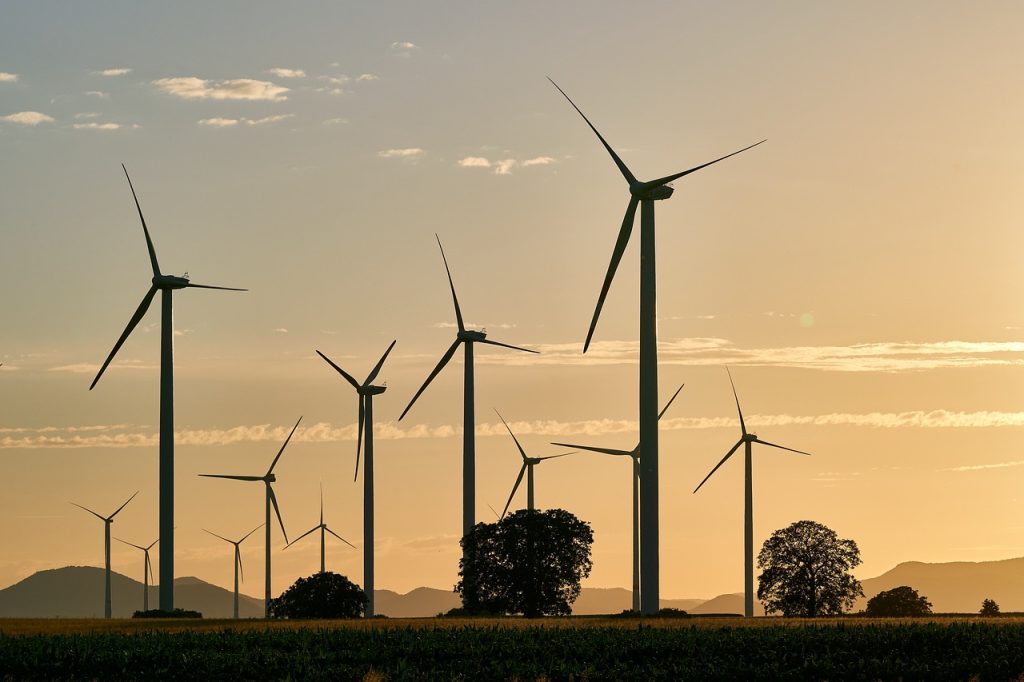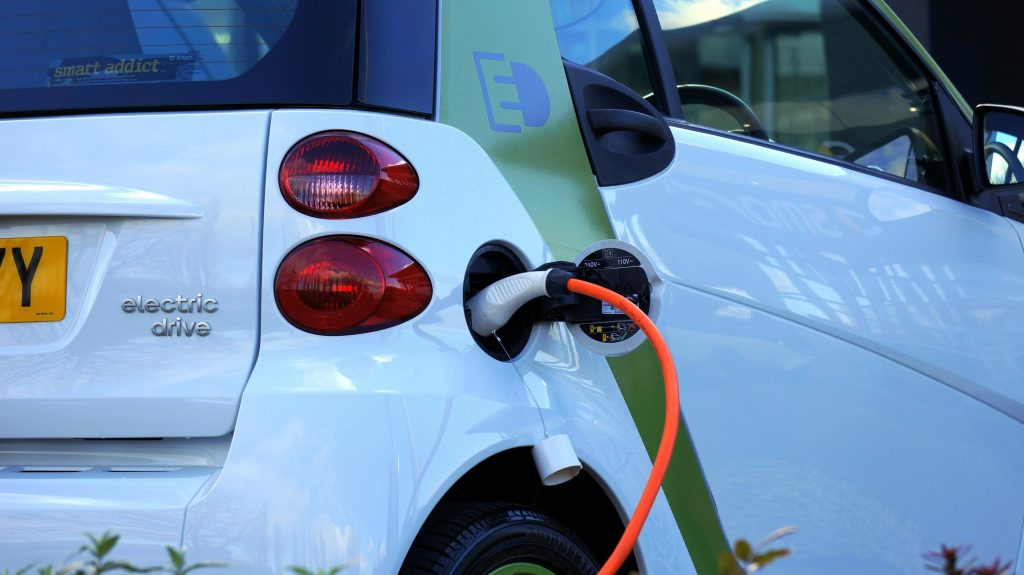Table of Contents
As the world faces the urgent need to address climate change and reduce greenhouse gas emissions, the pursuit of green energy solutions has become more critical than ever. Green energy, derived from renewable sources, offers a sustainable alternative to fossil fuels and plays a crucial role in mitigating environmental impact. Recent advancements in green energy technologies are transforming the energy landscape, making it possible to harness cleaner, more efficient energy sources. This article explores some of the latest developments in green energy solutions, highlighting their potential to drive a sustainable future.

1. Advanced Solar Technologies
Solar energy has long been a cornerstone of green energy, but recent advancements have significantly improved its efficiency and versatility. The latest innovations include:
- Perovskite Solar Cells: Perovskite materials are emerging as a promising alternative to traditional silicon-based solar cells. These materials offer the potential for higher efficiency and lower production costs. Recent research has focused on enhancing the stability and scalability of perovskite solar cells, making them a viable option for widespread use.
- Bifacial Solar Panels: Bifacial solar panels capture sunlight from both sides, increasing energy generation. These panels are especially effective in environments with high reflectivity, such as snow-covered areas or reflective surfaces. The ability to harvest energy from multiple angles improves overall efficiency and energy yield.
- Solar Roof Tiles: Integrating solar technology into roofing materials, such as solar roof tiles, allows for seamless integration of solar power into residential and commercial buildings. These tiles offer an aesthetically pleasing alternative to traditional solar panels while generating electricity.
2. Breakthroughs in Wind Energy
Wind energy has seen significant advancements in recent years, making it a more efficient and scalable solution for clean power generation. Key developments include:
- Offshore Wind Farms: Offshore wind farms are gaining traction due to their ability to harness stronger and more consistent wind resources. Floating wind turbines, which can be deployed in deeper waters, have become a focal point of research, offering the potential to tap into previously inaccessible wind resources.
- Vertical Axis Wind Turbines (VAWTs): Unlike traditional horizontal-axis wind turbines, VAWTs have a vertical orientation, which allows them to capture wind from any direction. This design can be more suitable for urban environments and smaller-scale applications, offering greater flexibility and efficiency.
- Advanced Turbine Materials: Innovations in materials science have led to the development of lighter and more durable turbine blades. These advancements improve the efficiency and longevity of wind turbines, reducing maintenance costs and increasing energy output.
3. Innovative Energy Storage Solutions
Energy storage is a critical component of a green energy system, enabling the effective use of intermittent renewable sources like solar and wind. Recent advancements in energy storage technologies include:
- Solid-State Batteries: Solid-state batteries offer higher energy density, improved safety, and longer lifespans compared to traditional lithium-ion batteries. These batteries use a solid electrolyte instead of a liquid one, reducing the risk of leaks and enhancing performance. They hold promise for a wide range of applications, from electric vehicles to grid storage.
- Flow Batteries: Flow batteries store energy in liquid electrolytes that are circulated through the system. This design allows for scalable and flexible energy storage, making it suitable for large-scale applications like grid energy storage. Recent developments have focused on improving the efficiency and cost-effectiveness of flow batteries.
- Compressed Air Energy Storage (CAES): CAES systems store energy by compressing air and releasing it to generate electricity when needed. Advances in CAES technology, such as the development of adiabatic CAES systems, aim to improve efficiency and reduce the environmental impact of this storage method.

4. Emerging Biomass and Bioenergy Technologies
Biomass and bioenergy offer sustainable ways to generate power from organic materials. Recent innovations in this field include:
- Advanced Biofuels: Researchers are developing next-generation biofuels from non-food feedstocks, such as algae and agricultural residues. These advanced biofuels have the potential to reduce competition with food production and lower greenhouse gas emissions compared to conventional biofuels.
- Biogas Production: Biogas, produced from the anaerobic digestion of organic waste, can be used as a renewable energy source. Innovations in biogas technology focus on improving the efficiency of production and enhancing the integration of biogas systems into existing waste management infrastructure.
- Waste-to-Energy Technologies: Converting waste materials into energy through processes such as gasification and pyrolysis helps reduce landfill waste while generating power. These technologies are being refined to increase efficiency and minimize environmental impact.
5. Hydrogen as a Clean Energy Carrier
Hydrogen is gaining attention as a versatile and clean energy carrier. Recent advancements in hydrogen technology include:
- Green Hydrogen Production: Green hydrogen is produced through the electrolysis of water using renewable electricity. Recent developments aim to reduce the cost of green hydrogen production and enhance its viability as a clean energy source for various applications, including transportation and industrial processes.
- Hydrogen Fuel Cells: Hydrogen fuel cells generate electricity by combining hydrogen and oxygen, with water as the only byproduct. Advances in fuel cell technology focus on improving efficiency, reducing costs, and expanding the use of hydrogen fuel cells in vehicles, stationary power generation, and portable electronics.
- Hydrogen Storage and Distribution: Efficient storage and distribution of hydrogen are critical for its widespread adoption. Innovations in storage materials and infrastructure are being explored to address challenges related to hydrogen storage density and transportation.

Conclusion
The latest advancements in green energy solutions are transforming the way we produce and consume energy, offering promising alternatives to fossil fuels and contributing to a more sustainable future. From breakthroughs in solar and wind energy to innovative storage solutions and emerging hydrogen technologies, these developments are driving progress toward a cleaner, more resilient energy system.
By embracing and investing in these cutting-edge technologies, individuals, businesses, and governments can play a pivotal role in advancing green energy and addressing the challenges of climate change. As technology continues to evolve, the potential for green energy solutions to create a sustainable and environmentally responsible future becomes increasingly achievable.